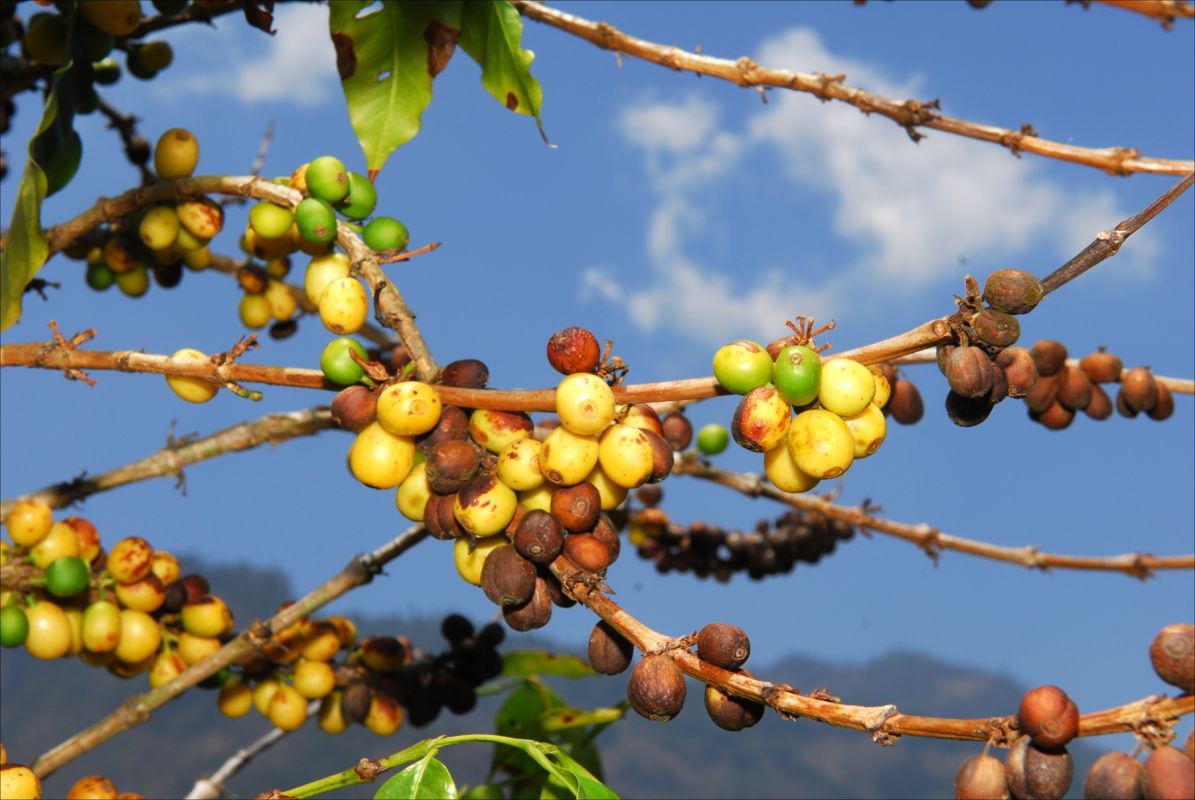For the regular coffee drinker little is known of coffees’ arch nemesis Coffee Rust (or La Roya to Latin American locals), which is a constant threat to speciality coffee farms everywhere that are more susceptible to this aggressive disease.
Coffee Rust also known as Hemiliea Vastrix is a fungal disease that can spread through rain, water and air via airborne spores and due to their resilience can travel over large distances unscathed by the elements. Once in contact with coffee plants they cause noticeable yellow rusting marks on the leaves that eventually cause the plants to wither and die along with making them incapable of producing coffee cherries to harvest.

Outbreaks of this dangerous disease were first put on the map on an international scale in 1976 when over half of Central American countries were affected and have been costing the industry billions in damages ever since. To give some scale of cost, in 2012 Columbia alone spent $1 billion after a rust epidemic over a 2 year period.
Honduras was more recently hit this year whereby previously rust resistant coffee crops that cost up to 4 times as much as regular coffee plants were being ravaged by this adaptive disease, but they are by no means the worst affected. Guatemala in particular grew 40% less coffee this year as a result of Coffee Rust that has implications not just for the coffee farms themselves as a form of livelihood, but for us the consumer in terms of increases in price and scarcity of high-demand varietals.
What’s even more worrying is that only 0.1% of global coffee revenue is spent on research and development to tackle this coffee killer, which for something that is the second biggest commodity in the world seems like a drop in the ocean.



